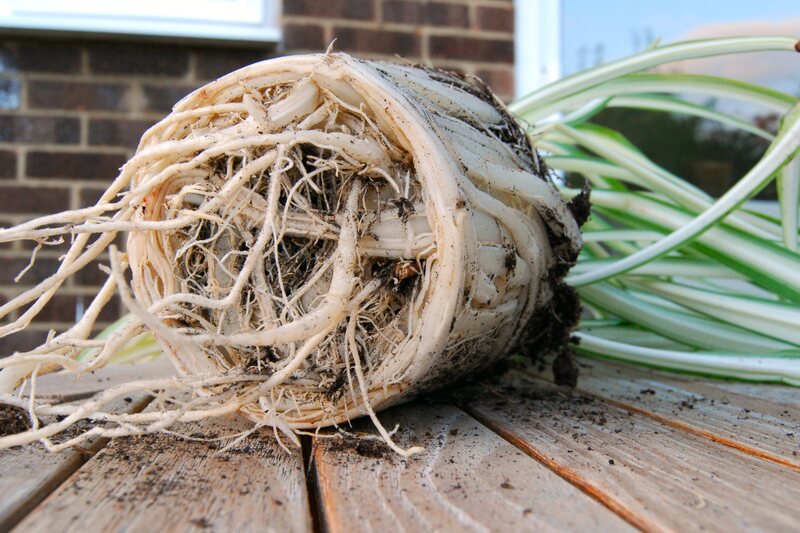Steps to Clean Synthetic Grass
Posted on 12/10/2024
Synthetic grass, also known as artificial turf, has become an increasingly popular alternative to natural grass in residential yards, golf courses, and commercial properties. One of the key benefits of synthetic grass is its low maintenance; however, it is not completely maintenance-free. To keep artificial turf looking pristine and extending its lifespan, it requires regular cleaning and care. This article will guide you through the comprehensive steps to clean synthetic grass effectively.
Gathering the Necessary Tools and Materials
Before diving into the specifics of cleaning artificial turf, it's essential to ensure that you have all the necessary tools and materials ready. Here is a list of recommended items you might need:
- Garden Hose: A standard garden hose is vital for rinsing off dirt and debris.
- Broom or Leaf Blower: Useful for removing loose debris such as leaves, twigs, and dust.
- Rake: A plastic or synthetic bristle rake will help in fluffing up the grass blades.
- Stiff Brush: Suitable for scrubbing stubborn stains and areas with heavy foot traffic.
- Mild Detergent or Soap: A gentle cleaner will aid in removing stains while being safe for the turf.
- Enzyme Cleaner: Specifically useful for pet owners to neutralize odors and stains from pet waste.
- Bucket: Handy for mixing cleaning solutions.

Initial Cleaning to Remove Surface Debris
The first step in maintaining your synthetic grass is to clear away any loose debris such as leaves, flowers, and small branches. This preparatory step is crucial before any deep cleaning effort.
- Use a Broom or Leaf Blower: Gently sweep the surface of the turf to gather and remove loose debris. A leaf blower can also be effective, especially for large areas.
- Rake Lightly: Utilize a plastic rake to avoid damaging the synthetic fibers. This will help in collecting any remaining larger debris and also separate the blades that might be stuck together.
Repeat this process regularly, especially during fall, to ensure that the turf remains clean and that organic material doesn't accumulate, causing potential microbial growth.
Rinsing the Synthetic Grass
Once the surface debris has been cleared, the next step is to rinse the turf. Regular rinsing helps to wash away dust, pollen, and other tiny particles that may accumulate on the grass.
- Water the Turf: Using a garden hose, evenly spray the entire area of the synthetic grass. Make sure you cover all the sections, especially corners and edges.
- Focus on High Traffic Areas: Pay special attention to areas that see heavy use, such as frequently walked paths or play zones. These areas are prone to collecting more dirt and grime.
Certain weather conditions, like extended dry periods or high pollen seasons, may require more frequent rinsing to keep the turf looking fresh.
Handling Stains and Spills
Stains and spills are inevitable, especially if your artificial turf is used for outdoor gatherings, sports, or if you have pets. Addressing spills promptly will prevent them from becoming permanent stains.
- Blot the Spill: For liquid spills such as juice or wine, quickly blot the area with a clean, dry cloth to absorb as much liquid as possible.
- Use Mild Detergent: Mix a small amount of mild detergent with water in a bucket. Dip a stiff brush into the solution and gently scrub the stained area. Rinse thoroughly with water.
- Handling Oily Stains: For grease or oil stains, use a commercial degreaser that is safe for synthetic surfaces. Apply it to the stained area, scrub lightly, and rinse well.
- Enzyme Cleaner for Pet Stains: If you have pets, enzyme-based cleaners are highly effective at breaking down organic matter and neutralizing odors. Spray the enzyme cleaner on the stained area and let it sit for the recommended time before rinsing.
Regular Brushing and Fluffing
One of the key attributes of synthetic grass is its durable blades designed to mimic natural grass. Over time, especially in high traffic areas, these blades can become matted down. Regular brushing helps to rejuvenate the blades, keeping them upright and giving the turf a more natural appearance.
- Brush Against the Grain: Using a stiff brush, gently brush the grass blades against their natural direction. This will help fluff them up and restore their appearance.
- Avoid Metal Bristles: Always use brushes with synthetic or plastic bristles to prevent damage to the fibers.
Perform this task at least once a month or more frequently in areas with heavy usage. Brushing not only keeps the grass looking fresh but also helps to maintain the integrity of the fibers, extending the turf's lifespan.
Maintaining Infill Levels
Infill is an essential component of synthetic grass, providing cushioning and helping to keep the blades upright. Over time, the infill material may become compacted or displaced, especially in heavily used areas.
- Inspect Regularly: Check the turf for areas where infill levels appear low or uneven.
- Replenish Infill: Add more infill material as needed to ensure an even distribution. Use a rake to spread it evenly across the surface.
- Brush the Surface: Once the infill has been added, brush the surface as previously described to incorporate the infill and fluff up the grass blades.

Preventive Measures and Seasonal Care
Adopt preventive measures and seasonal care routines to mitigate the need for extensive cleaning.
- Install a Barrier: If your synthetic grass is near a dusty road or loose soil, installing a barrier or edging can help minimize the amount of debris that blows onto the turf.
- Regular Inspections: Periodically inspect your artificial turf for any damage, wear, or unevenness. Early detection allows for timely repairs and maintenance.
- Seasonal Cleaning: In regions with distinct seasons, adjust your cleaning routine accordingly. For example, in autumn, increase the frequency of debris removal, and in spring, give the turf a thorough deep clean to remove pollen and dirt accumulated over the winter.
Conclusion
Maintaining synthetic grass involves several straightforward steps, including regular debris removal, rinsing, stain and spill management, brushing, infill maintenance, and preventive measures. By integrating these practices into your routine, you can keep your artificial turf looking fresh, vibrant, and inviting for many years to come. Proper care not only enhances the aesthetic appeal but also extends the lifespan of the synthetic grass, ensuring you enjoy all the benefits of this low-maintenance landscaping option.



